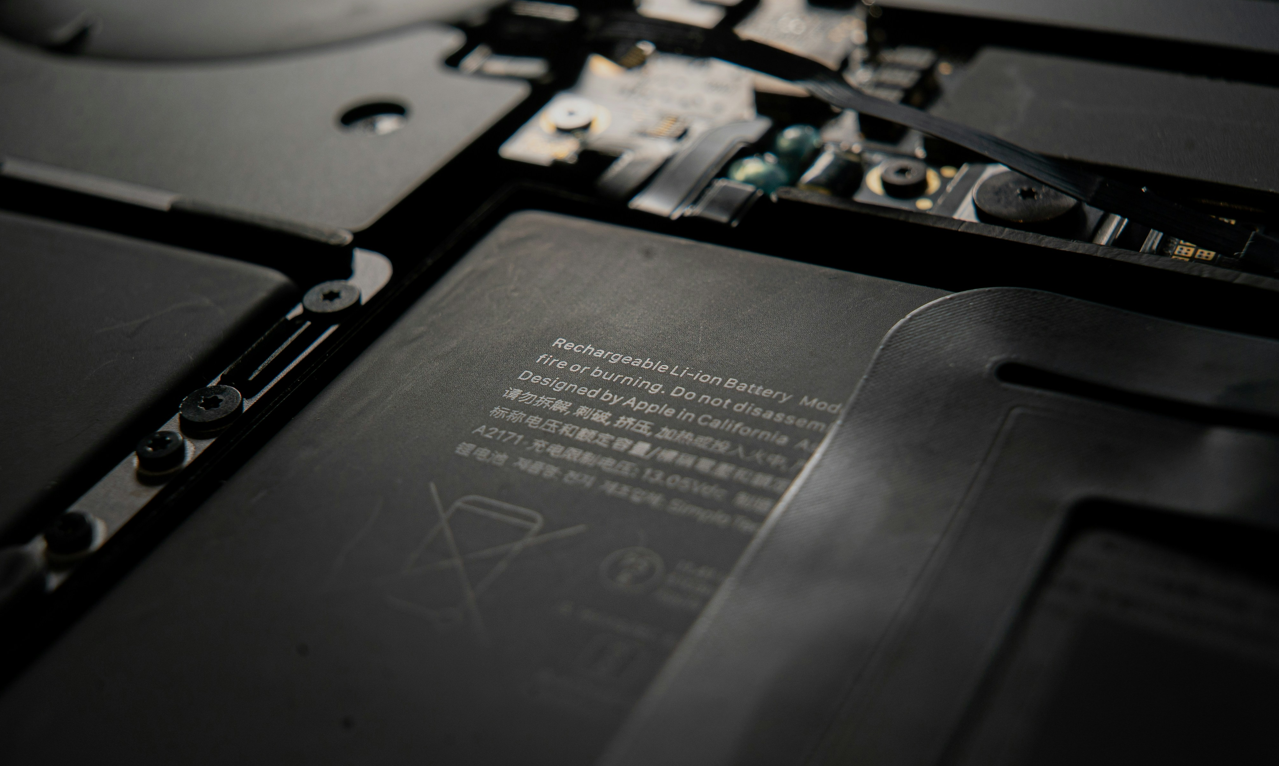1 min read
Introducing SecureBattery – Safe Storage for Lithium-Ion Batteries
Lithium-ion batteries are everywhere—powering smartphones, laptops, power tools, and even electric vehicles. Their efficiency and high energy density...
3 min read
 Mark Brookes
:
Nov 18, 2025 8:45:00 AM
Mark Brookes
:
Nov 18, 2025 8:45:00 AM

From smartphones and power tools to electric vehicles and warehouse machinery, lithium-ion batteries power today’s technology-driven world, driving innovation, efficiency, and the global push towards sustainability. But as their prevalence soars, so do the risks, particularly around the safe storage and charging of these energy-dense devices.
Businesses now face mounting pressure to put robust battery safety strategies in place. In this blog, we explore why lithium-ion safety has become a global priority, how industries are adapting, and what solutions exist to balance operational efficiency with risk prevention.

Lithium-ion batteries are efficient, lightweight, and rechargeable, making them the preferred energy source across industries. However, their high energy density introduces significant risks when they are damaged, improperly stored, or incorrectly charged.
One of the biggest threats is thermal runaway, where a battery’s internal temperature rises uncontrollably, potentially leading to fires, explosions, and the release of toxic gases. According to the Dayton Chronicle, citing the U.S. Consumer Product Safety Commission (CPSC), over 25,000 incidents of overheating or fire involving lithium-ion batteries were reported between 2017 and 2022 in the United States alone.
In Europe, the issue is similarly urgent. Fire incidents linked to lithium-ion batteries are rising sharply, particularly in logistics, recycling, and urban mobility. Recent reports from industry and safety organisations like the National Fire Chiefs Council (NFCC) and Material Focus outline that in the UK highlight significant increases. For example, waste management facilities in the UK saw a 71% rise in battery-related fires between 2022 and 2023.
According to the Allianz Risk Barometer 2025, fire and explosion now rank among the top five risk concerns in several industries, underlining its continued relevance for sector-specific risk planning.
This rising trend has prompted stricter regulations across Europe, the Americas, and APAC, with governments and insurance providers demanding safer practices for charging, storage, and transport.

As demand continues to grow, industries are shifting from adoption to protection. New international safety standards are reshaping operational requirements, and companies are expected to implement advanced measures such as:
This shift means that companies can no longer rely on traditional storage methods. They need solutions that combine fire protection, charging safety, ventilation, and monitoring within a single system.
Across sectors, organisations are rethinking infrastructure and adopting specialised storage and charging solutions to safeguard people, assets, and operations. Here are some examples:
This industry-wide shift reflects a growing recognition that battery safety is a business-critical priority, not just a technical one.
![Secure-Battery-Prof-InSitu1-2[web]-20241010095603 (1)](https://blog.gunnebosafestorage.com/hs-fs/hubfs/Secure-Battery-Prof-InSitu1-2%5Bweb%5D-20241010095603%20(1).jpg?width=1100&height=778&name=Secure-Battery-Prof-InSitu1-2%5Bweb%5D-20241010095603%20(1).jpg)
When it comes to safely storing and charging lithium-ion batteries, not every approach provides the same level of safety. Gunnebo’s SecureBattery range is designed to address the unique hazards these batteries present, combining fire-resistant construction, advanced monitoring, and practical usability. Here’s what sets our products apart:
The SecureBattery Professional delivers fire resistance up to 180 minutes (EI 180 type A1) and is tested externally for 90 minutes in line with EN 14470-1 and EN 1363-1. Safety features include thermo-expanding door seals, ventilation for mechanical extraction, and automatic closing doors. With integrated electrical outlets, the cabinet enables secure charging of devices such as e-bike batteries. With a built-in alarm system and fire extinguisher, it offers one of the most comprehensive battery safety solutions available.
On the other hand, SecureBattery Lite provides a practical solution for charging and storing lighter lithium-ion batteries, such as those used in handheld power tools, laptops, or similar devices. Constructed with Euroclass A1 fire insulation, it protects against fire from both inside and outside. It comes with two alarm sensors, surge-protected outlets, and perforated shelves supporting up to 50 kg. A top ventilation outlet enables connection to mechanical systems, while a cylinder lock, break-point handle, and welded latch add burglary resistance. Compact yet secure, it balances fire safety with everyday usability.
With solutions like SecureBattery, organisations can embrace the lithium-ion revolution confidently, staying ahead of safety requirements while protecting people and property.
The global reliance on lithium-ion batteries will only continue to grow, but so will the risks. The U.S. Fire Administration has recognised the increasing hazards of battery-related fires and launched initiatives such as the Take Charge of Battery Safety campaign to help raise awareness and support fire services. The European Fire Safety Alliance, meanwhile, highlights fire safety challenges in the context of Europe’s energy transition and calls for stronger preventive measures, though it does not publish specific statistics on battery-related incidents.
Together, these perspectives underline the urgent need for secure storage and proactive safety strategies. By investing in certified battery storage solutions, businesses can:

1 min read
Lithium-ion batteries are everywhere—powering smartphones, laptops, power tools, and even electric vehicles. Their efficiency and high energy density...

In today’s unpredictable landscape, defence and critical infrastructure organisations face a unique set of security challenges. Whether you’re...

In today’s business landscape, security is more than a precaution—it’s a strategic asset. Whether you’re safeguarding sensitive data in a corporate...